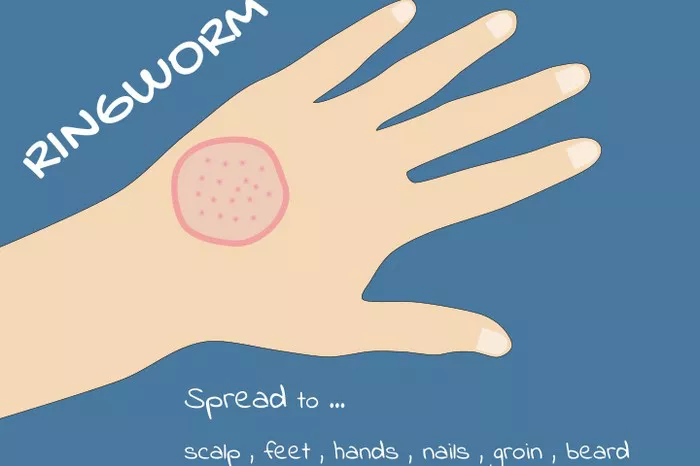Vitiligo is a chronic skin condition characterized by the loss of pigment in patches of skin, resulting in irregular white patches that vary in size and location. While it primarily affects the skin’s appearance, its impact extends far beyond the physical realm, deeply affecting the emotional and psychological well-being of those living with it. Understanding what vitiligo feels like encompasses both the tangible sensations and the intangible emotional journey that individuals with the condition endure.
The Physical Sensations
The physical sensations experienced by individuals with vitiligo can vary widely depending on factors such as the extent of pigmentation loss, the location of the patches, and individual sensitivity. However, certain common experiences are shared among many affected individuals.
One of the primary physical sensations associated with vitiligo is a lack of sensation itself. In areas where pigment is lost, the affected skin often becomes more sensitive to sunlight and other environmental factors due to the absence of melanin, the pigment responsible for skin color and protection from UV radiation. This heightened sensitivity can result in discomfort or even pain when exposed to sunlight for prolonged periods.
In addition to sensitivity, individuals with vitiligo may experience itching or irritation in the affected areas. This itching can be mild and occasional or severe and persistent, leading to significant discomfort and disruption of daily activities. The urge to scratch affected areas can exacerbate the condition, potentially leading to further pigment loss and skin damage.
Furthermore, the physical appearance of vitiligo patches can evoke various sensations, including self-consciousness, embarrassment, and even shame. The contrast between depigmented patches and surrounding pigmented skin can be stark, drawing attention to the affected areas and prompting intrusive stares or questions from others. This constant scrutiny can amplify feelings of discomfort and contribute to a sense of alienation from society.
The Emotional Journey
Beyond the physical sensations, the emotional toll of living with vitiligo is profound and multifaceted. Individuals with vitiligo often experience a range of complex emotions, including but not limited to:
1. Self-consciousness and insecurity: The visible nature of vitiligo can lead to feelings of self-consciousness and insecurity about one’s appearance. This may manifest as avoidance of social situations, reluctance to engage in activities that expose the affected areas, or efforts to conceal the condition with clothing or makeup.
2. Shame and stigma: Society’s narrow standards of beauty often perpetuate stigma surrounding conditions like vitiligo. Individuals with vitiligo may internalize these negative attitudes, feeling ashamed of their appearance and believing themselves to be less attractive or desirable as a result of their condition.
3. Anxiety and depression: The chronic nature of vitiligo, coupled with its unpredictable course and potential impact on personal relationships and career opportunities, can contribute to feelings of anxiety and depression. Fear of rejection or discrimination based on appearance can take a significant toll on mental health and overall well-being.
4. Identity and self-esteem: Vitiligo can challenge deeply held beliefs about identity and self-worth, especially in cultures where physical appearance is closely tied to concepts of beauty and success. Individuals may struggle to reconcile their sense of self with the changes wrought by the condition, leading to feelings of inadequacy or unworthiness.
5. Hope and resilience: Despite the challenges posed by vitiligo, many individuals find strength and resilience in their journey. Through self-acceptance, advocacy, and connection with others in the vitiligo community, individuals can cultivate a sense of empowerment and purpose, reclaiming agency over their narratives and challenging societal norms of beauty.
Conclusion
In conclusion, the experience of vitiligo encompasses both physical sensations and emotional complexities that profoundly impact the lives of those affected by the condition. From the physical discomfort of itching and sensitivity to the emotional turmoil of self-consciousness and stigma, vitiligo presents unique challenges that require understanding, empathy, and support from both individuals and society as a whole. By fostering greater awareness and acceptance of vitiligo, we can create a more inclusive and compassionate world where all individuals are valued for their inherent worth and uniqueness, regardless of appearance.

























